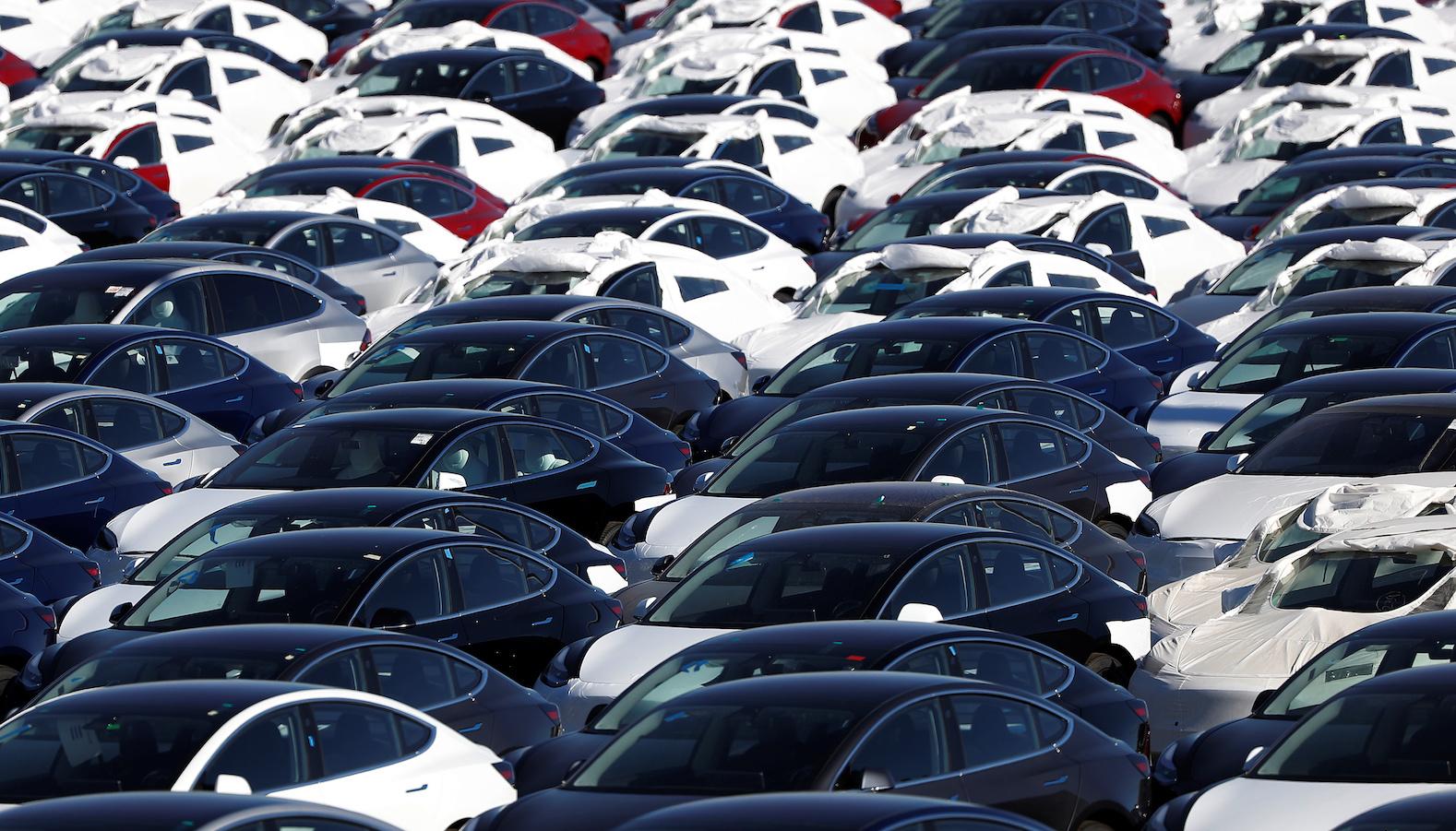Tesla reports record production numbers in 2018
Tesla made more cars than ever before in the final months of 2018.


Tesla made more cars than ever before in the final months of 2018.
The company produced 86,555 vehicles this past quarter, exceeding its previous record by 8% from last quarter. The bulk of those cars were the Model 3, its mass-market sedan, accounting for 63,150 vehicles, according to regulatory filings (pdf) today (Jan. 2). That implies weekly production around its peak of 5,000 per week last year.
That’s a relief for Tesla, which increased total production from about 120,000 vehicles in 2017 to 350,000 in 2018. That was enough to report a $312-million profit in the third quarter, according to Tesla’s earnings latest report (pdf). Despite logistical and manufacturing challenges, Tesla will likely stay in the black for the foreseeable future, Elon Musk claimed.
“We can be positive cash flow and profitable all quarters going forward,” Musk told investors last year (he left an exception during quarters requiring large debt repayments).
Tesla still has a long way to go. Delivery numbers were slightly under analysts’ expectations, as compiled by FactSet, and Tesla still can’t profitably make its promised $35,000 Model 3. For now, the company still sells a higher-priced $44,000 version. That’s attracting plenty of customers, but few of Tesla’s earliest adopters who put down $1,000 to buy the car. Last quarter, only 25% of Model 3 orders came reservation holders, rather than new customers, Tesla reported. That indicates strong demand among premium buyers, but the company could start losing customers unwilling to wait for the price to reach $35,000, especially as more EV models from major brands arrive in 2020.
That price sensitivity may be the reason Tesla still had 3,000 Model 3 in inventory at the end of December despite expectations it would sell out, according to Electrek. While not alarming (3,000 Model 3s is just a few day’s production for Tesla), it suggests Tesla’s customers will likely be increasingly price-sensitive as it expands production. Similarly, the company has sweetened employee discounts on Tesla vehicles (even allowing employees to apply paid time toward purchases) despite a history of not offering such deals. Unlike Henry Ford’s factory workers, whose wages famously afforded them the ability to buy the car they build, even the Model 3 is still financial out of reach for many Tesla factory employees, who earn about $20 per hour.
Still, some analysts say Tesla is on the right track. “We continue to believe demand concerns are overblown,” wrote Ben Kallo, an analyst at Baird’s. “We think the company has several levers to drive additional Model 3 sales.” The company is now pushing for more international sales (Model 3 deliveries will begin in Europe and China this February), slimmer labors costs for Model 3 production, and lower prices.
Tesla confirmed today it was cutting the price of its Model S, Model X and Model 3 vehicles by $2,000 in the US to compensate for a reduction in the federal tax credit. Tesla buyers saw their tax credit fall from $7,500 to $3,750 after Tesla sold more than 200,000 sales, triggering a phase-out for the manufacturer.